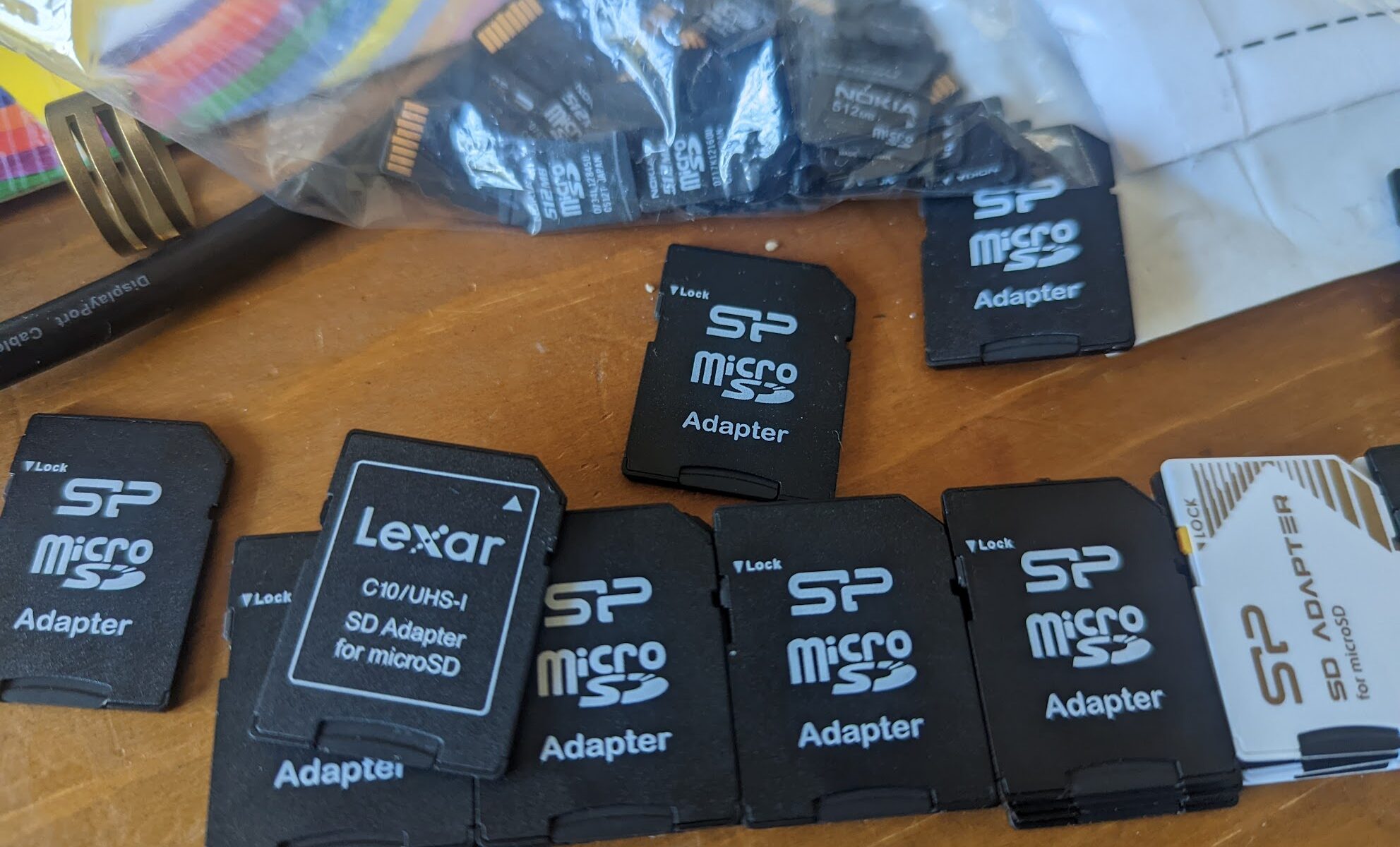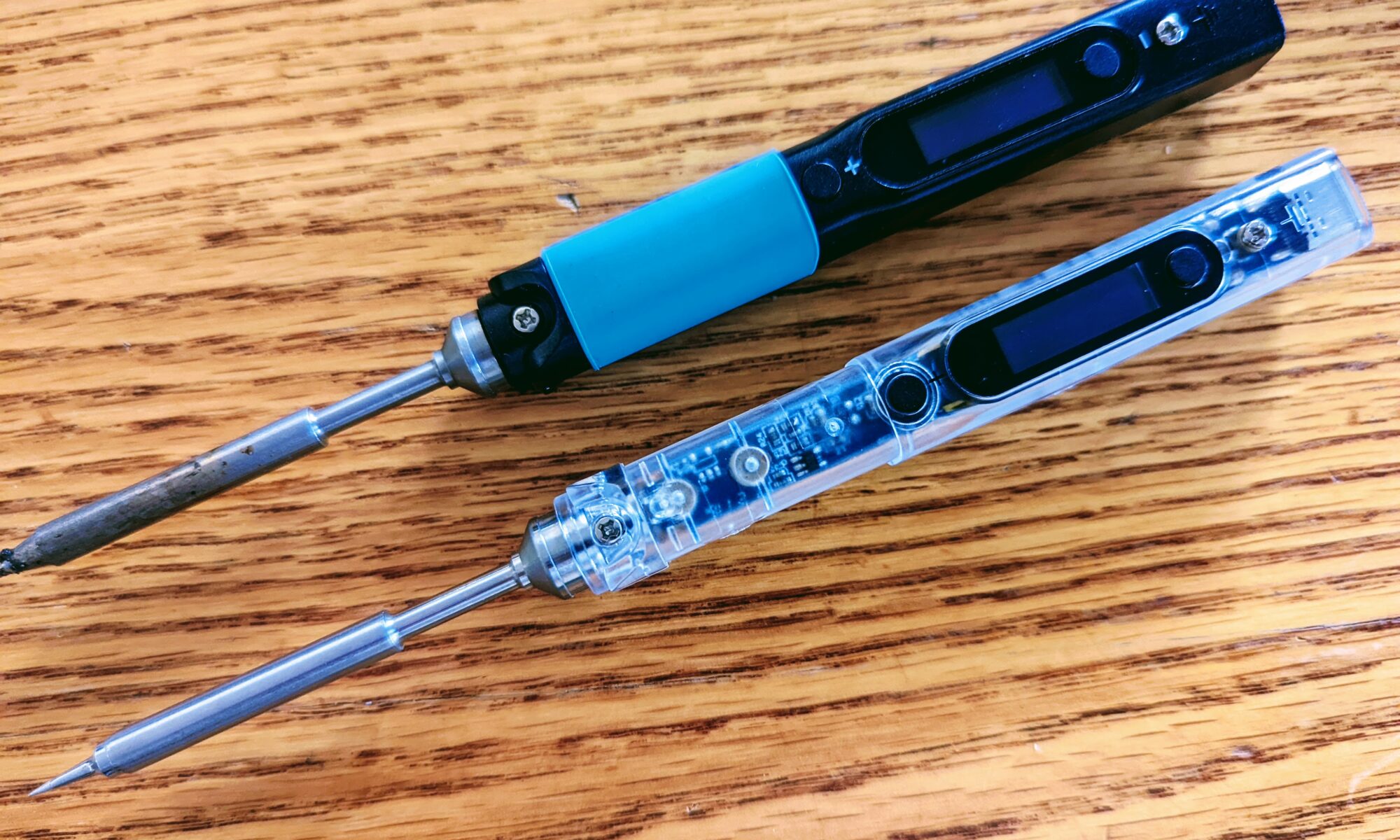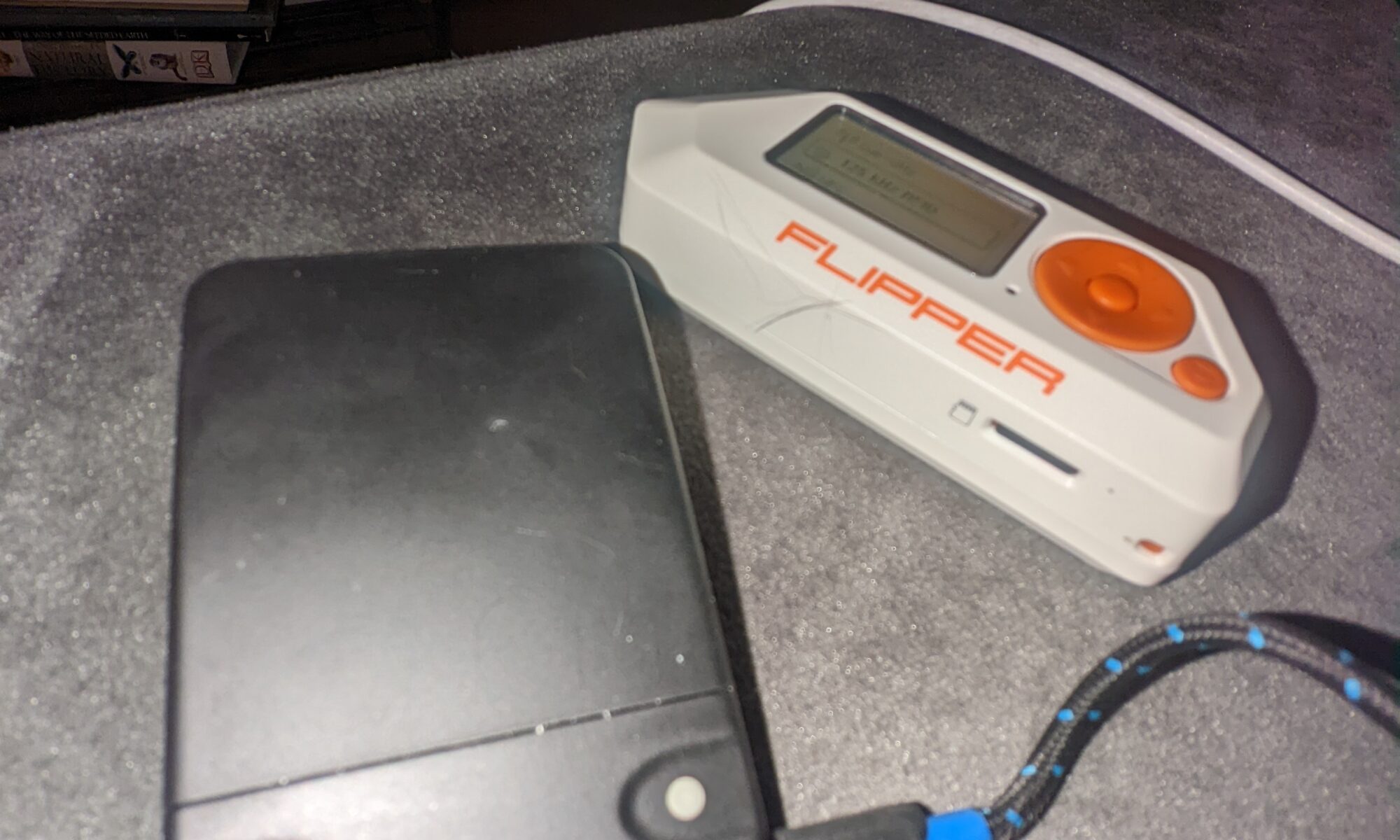
Some of you might have been subject to my old-man ranting about how difficult it has become to install software that “just works.” My raging against the cloud, against everything-as-a-subscription, and against software that requires the capability of phoning home, either during install or on a continual basis.
My task was to install MS Office in a closed lab network, so that the users doing the work in the lab could write reports, etc., without having a separate machine just for that purpose. This network does not connect to the internet. It is a self-contained lab network with only what is needed for the lab installed on it.
It’s been a while since I fucked around with Microsoft products, and I naively assumed it would be a piece of cake. Just install it, give it a key, and be good to go. I was warned by those who had gone before me that it’s no longer that simple. Everything in Microsoft-land requires internet, they told me. “Surely they understand that a use case exists for no internet/no cloud,” I started to respond, before reliving the trauma of having to kill Atlassian when they made their on-prem product completely out of reach for small groups/businesses.
So I started down the road. I bought 12 licenses for “standalone” office 2016, went through the process of installing it on one of the lab machines, and yep, it requires internet to activate. OK, I’ll play along. We use FOG to image these lab workstations, so I set up a fresh install on a golden image candidate, activated it over the internet (very ugly process, by the way, if you buy multiple licenses), confirmed it was functional, and then captured an image of it. Rolled it out to other workstations, only to find that each new clone required its own activation. Well, this will never work.
I managed to get MS to refund the product after a lengthy discussion with a support rep. I decided I wanted to go the way of a volume license, only to learn that the KMS server too needs to touch the internet. I kept reading and reading and learning, and finally came across vlmscd, which is a linux-based open-source KMS server. Its only job is to say yes. When configured as the KMS server for a workstation (using DNS or manually via slmgr), any activation requests received by that KMS server are simply approved.
So I built one, making sure our licensing is properly paid for and accounted for,I of course. I added the SRV record for announcing the KMS service to the closed-network DNS, and installed the VL version of Office. Initially, running OSPP.VBS from the Office16 directory reported that the software was under a grace period with <30 days remaining, but after a reboot it reported it was fully licensed.
I wish vendors would provide a bit more flexibility in their product offerings, and understand that there are use cases that are outside the norm. I understand their need to protect their software from piracy, but this kind of heavy-handed control really makes it difficult for some of us who, for various reasons, don’t want to connect every network in our enterprise to the internet. We still exist.




